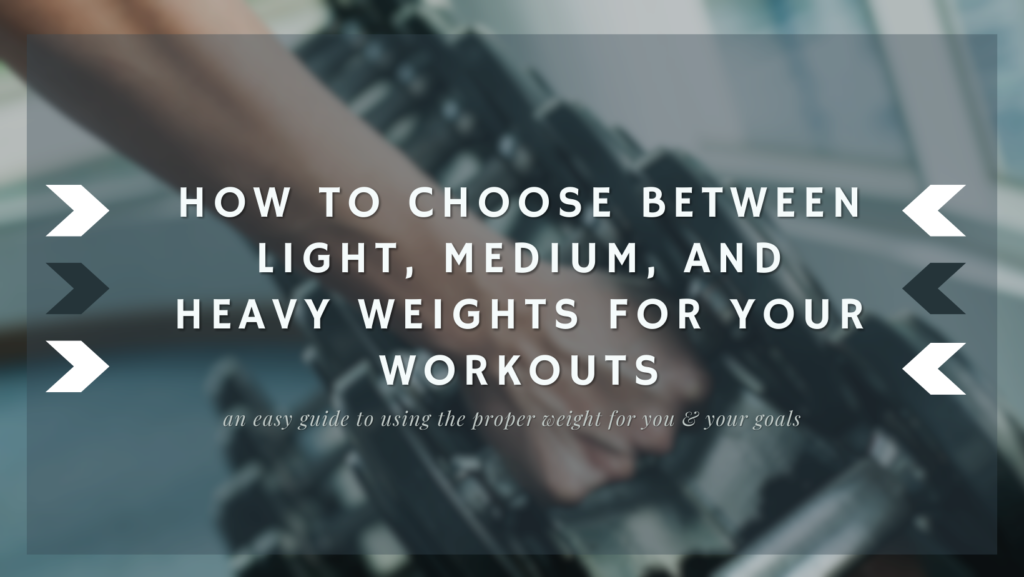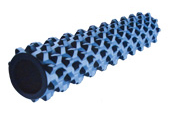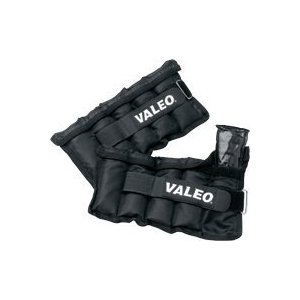I remember the first time I did an at-home workout, and I wondered what weights I’d need when it listed I needed light, medium, and heavy as required equipment. And if you’re doing an at-home workout, you will most likely see the same thing…that you need light, medium, and heavy weights. But what weight should you use?
The truth is that the weights to use for your light, medium, and heavy weights means something different for everyone. That’s what we go over in this post. To help you make a more informed decision for your workout that helps you reach your goals even faster.
Things to Consider When Choosing Light, Medium and Heavy Weights for Your Workouts
When it comes to choosing between light, medium and heavy weights for your workout, a few different factors will determine what weights you use:
- What weights you already own or have access to
- What your health and fitness goals are
- What your current fitness level is
- What your budget is for buying new weights
What Weights You Already Have or Have Access to
The light, medium, and heavy suggestion is given to simplify the options for those who have very little or no equipment yet. So if you already have a set of weights, then you should be good as long as they vary in weight and aren’t all heavy.
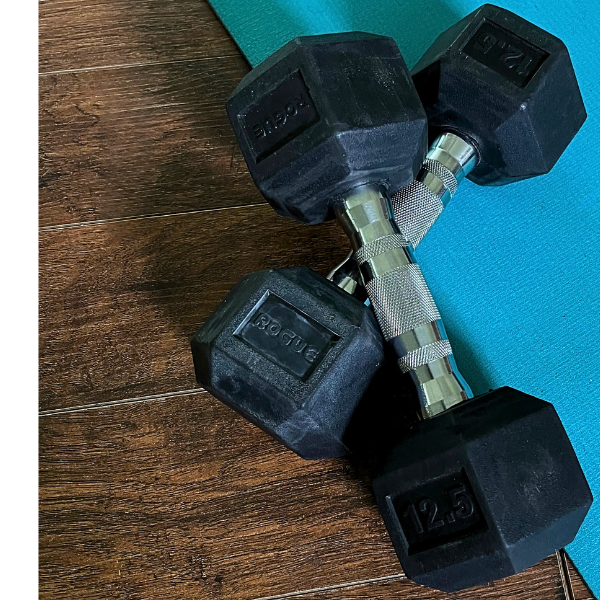
If you already have weights, then 5s, 10s and 15s are enough to start with. You can always use cans of soup if 5lbs is too heavy.
If you’re a complete beginner to lifting weights or don’t have the light, medium and heavy, I’d suggest weights ranging from 5-15lbs to start – include 7.5lbs and 12.5lbs if you can afford it.
That’s because those in-between weight sizes can make a big difference depending on the exercise move. I use my 12.5lbs more than anything, because 15lbs is often just too much for me on a lot of moves.
After that, it’s easy to work your way up to 20lbs and more when 15lbs gets too light.
Choose Weights That Will Help You Reach Your Health Fitness Goals
Here’s a general overview of what weights to use based on your health and fitness goals. If you’re following a specific online program, they will tell you when to reach for light, medium or heavy weights, so this won’t necessarily apply in that scenario:
- Light weights: Light weights are typically used for exercises aimed at smaller muscle groups or when you’re lifting weights for the first time. Think isolation exercises targeting specific muscle groups, such as bicep curls, triceps extensions, rear delt flies, or lateral raises. Lighter weights can also be used in higher repetition exercises to sculpt lean muscle.
- Medium weights: Medium weights can also be used for isolation exercises once you get stronger or for ones that target larger muscle groups. They can also be used for compound movements. Compound exercises involve more than one muscle group/joints like squats, deadlifts, and bench presses. Medium weights help build strength and sculpt lean muscle.
- Heavy weights: Heavy weights will be for isolation exercises that target larger muscle groups like legs, glutes, and back. Even your calves that are used all day every day will enjoy a heavier weight to feel a good workout. Super heavy weights can build muscle, but when using them in higher repetitions, you won’t build as much mass.
Girls, You Will Not Get Big Muscles Lifting Heavy Weights!
If you’re afraid of lifting heavy because you’ll get too big, don’t be! You will never get bulky muscles lifting weights at home. It takes an extremely strict diet and an extremely strict and super heavy weight lifting routine that you’d need a weight rack for.
Getting big muscles takes a lot of work and supplementation you probably aren’t going to use or want to use – unless you’re planning on doing bodybuilding competitions. In which case, congratulations!
Here are some things to think about when choosing the right weight for your workout, because different weights and different online/app workout programs will help you achieve different goals:
- Do you want to increase muscle size?
- Do you want to increase strength?
- Do you want to sculpt lean, athletic muscle?
- Do you want to build muscle endurance?
Base What Light, Medium, and Heavy Weights You Choose For Your On Your Current Fitness Level
What your current fitness level is also determines what weights you use for your light, medium and heavy weight set.
- For beginners: If you’re totally new to weightlifting or have limited experience, it’s generally recommended to start with lighter weights – I recommend even using no weight during your first week. This way you can focus on proper form and technique. It also helps prevent injuries and allows your muscles, joints, and tendons time to adapt to your new exercise routine more gradually. You can keep your first weight set to less than 15lbs. See below for weight recommendations.
- For intermediate/advanced: If you consistently lift weights and have a good foundation of strength, you can gradually increase weight to challenge your muscles and progress further. You will probably want less of the in-between sizes of lighter weights and heavier weights overall.
How Much Do You Want to Invest in New Weights?
Now that we covered things that affect your light, medium and heavy weight choices for your workout, it’s time to talk about what you can or are willing to afford.
If you already have weights, then start with what you have. Unless you only have very heavy weights and are a beginner.
- For smaller weight budgets, start with a good solid foundation:
- 5lbs
- 10lbs
- 15lbs
- For medium-sized budgets, definitely include a wider range of sizes up to 15lbs or even 20lbs:
- 5lbs
- 7.5lbs or 8lbs
- 10lbs
- 12.5lbs
- 15lbs
- For larger budgets, you can invest in a larger set of weights:
- 5lbs
- 7.5lbs or 8lbs
- 10lbs
- 12.5lbs
- 15lbs
- 17.5lbs
- 20lbs
- 22.5lbs
- 25lbs
Adjustable Weights Can be Convenient
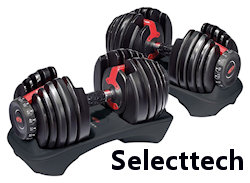
If you want to save yourself any stress, you can always opt for a set of adjustable weights. They take up a lot less space and can take you from beginner to advanced. The only downside is that it does take a second between different exercises, but that shouldn’t be too much of a factor.
Remember that as you progress, you can always purchase heavier weights. But this is a great place to start. I personally use about 4-6 sets of weights depending on the workout moves, so more of a variety is definitely helpful as you advance.
I do recommend in-between sizes, since there have been a crazy amount of times when 5lbs was way too light for me, and 10lbs was just too heavy. That’s why I first purchased my 8lb weights and now I have 12.5lbs, which is often my go-to weight.
Questions? Leave a comment below!

